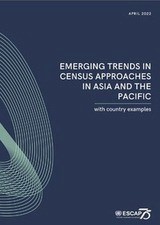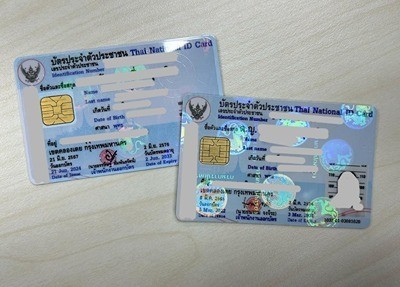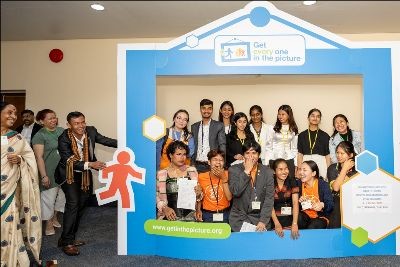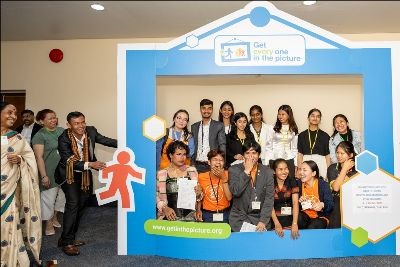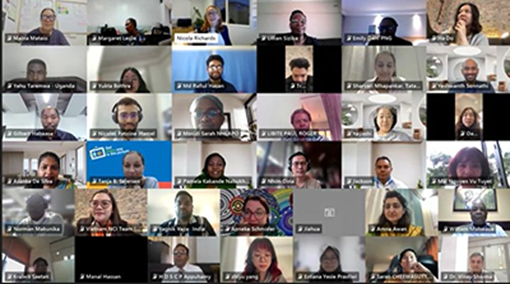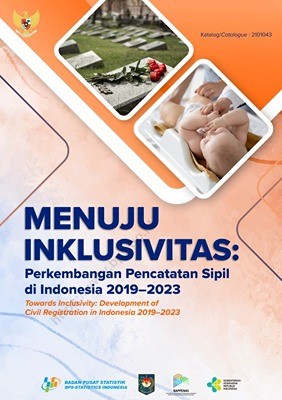(Newsletter: CRVS Insight May 2022)
Traditional census-taking, in principle, entails canvassing the entire country, reaching every single household, and collecting information on all individuals within a stipulated period of time. While the majority of countries in the world, as well as those in Asia and the Pacific, continue to employ this traditional approach, an increasing number of countries are turning towards registers (solely or partially, complemented by a full field enumeration or sample survey).
This report showcases approaches adopted by some countries in the region on the use of administrative data in censuses.
Download the full report here.


